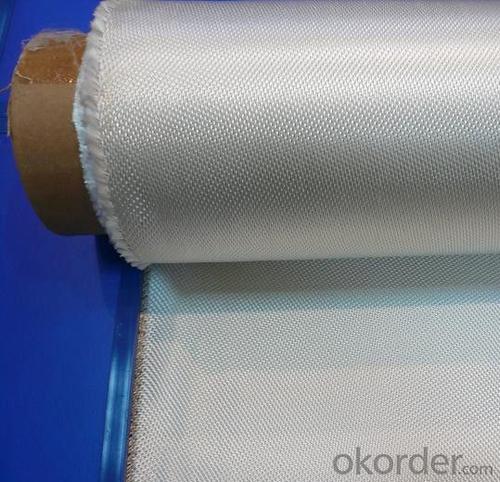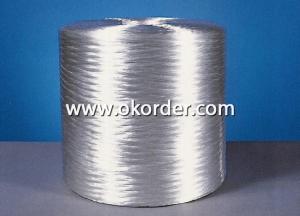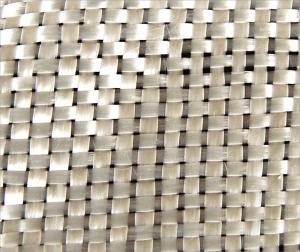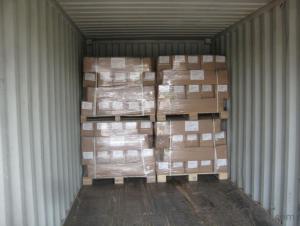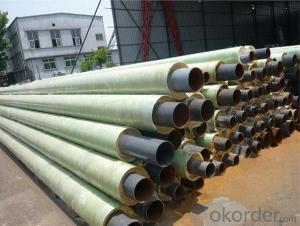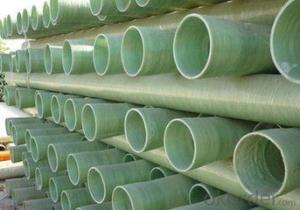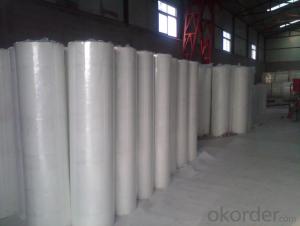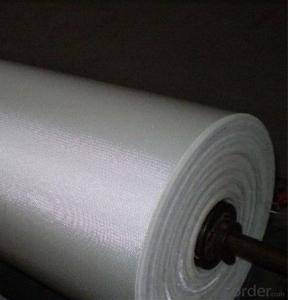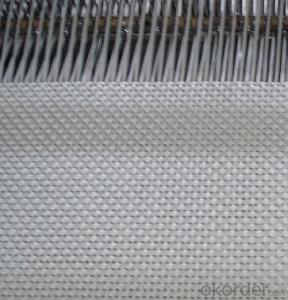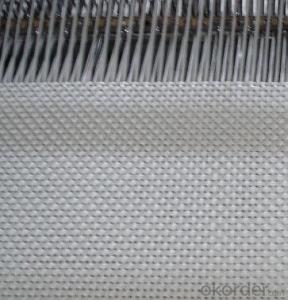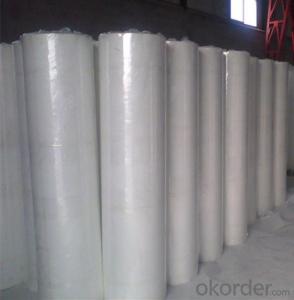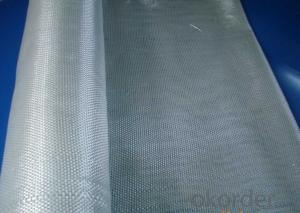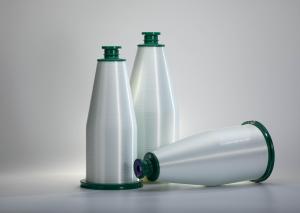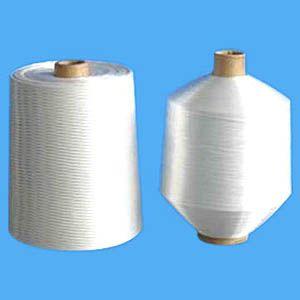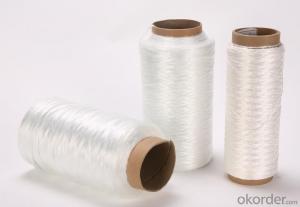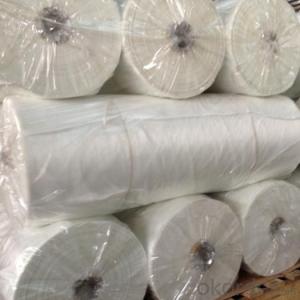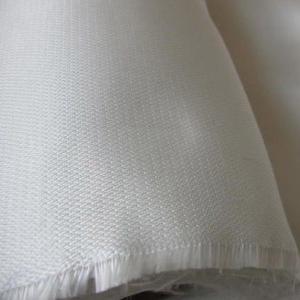Fiberglass Yarn Reinforced Fiberglass Fabric for Sound Absorption ISO:9001
- Loading Port:
- Shanghai
- Payment Terms:
- TT OR LC
- Min Order Qty:
- 500 m²
- Supply Capability:
- 50000 m²/month
OKorder Service Pledge
OKorder Financial Service
You Might Also Like
Fiberglass Fabric for Sound Absorption ISO:9001
Fiberglass Fabric Introduction:
Fiberglass fabric is weaved by high quality fiberglass,as a kind of engineering material,which is
many excellent characteristics:
flame-resisting,corrosion resistant,high strength,heat resistance.stable structure,good chemical resistance,durability.
Fiberglass Fabric Features:
Warp and weft yarns are parallel arrangement as flat situation, with uniform tension;
Fiber is aligned with large consistency, stable and easy operation;
Good moldability, fast and complete wet out in resins, resulting in high productivity;
Good transparency and high strength of composite products.
Fiberglass Fabric Specification:
mark | Fiber consistency(ends/ cm) |
Area weight (g/ m2) |
Thick-ness (mm) |
Width (cm) |
Length (mm) | Breaking strength(N)≥ |
weave | |||
Warp direction | Weft direction | Warp direction | Weft direction | |||||||
EW200 | 16 | 12 | 200±20 | 0.2 | 90-130 | 300-1200 | 980 | 980 | ||
EW210 | 16 | 12 | 200±20 | 0.21 | 90-130 | 300-1200 | 1080 | 1080 | Twill weave | |
Plain weave | ||||||||||
EWR360 | 3.2 | 1.8 | 354±18 | 0.35 | 50-300 | 100 | 2000 | 2000 | ||
EW280 | 16 | 10 | 280±28 | 0.26 | 90-130 | 300-1200 | 1800 | 1800 | ||
EW300 | 14 | 10 | 320±32 | 0.3 | 90-130 | 300-1200 | 1500 | 1500 | ||
EW430 | 20 | 12 | 420±42 | 0.43 | 90-130 | 300-1200 | 2000 | 2000 | Broken twill | |
EWR136 | 10 | 10 | 136±13 | 0.136 | 100 | 200 | 850 | 850 |
Plain weave | |
EWR200 | 8 | 7 | 200±20 | 0.21 | 100 | 200 | 1200 | 1200 | ||
EWR400 | 3.6 | 3.2 | 400±30 | 0.4 | 100 | 50-100 | 2500 | 2500 | ||
EWR600 | 2.6 | 2.5 | 600±50 | 0.6 | 100 | 40KG | 4000 | 4000 | ||
EWR580 | 2.5 | 2.3 | 576±29 | 0.58 | 100 | 40KG | 3850 | 3850 | ||
EWR800 | 1.8 | 1.8 | 800±60 | 0.8 | 100 | 40KG | 4600 | 4600 | ||
Product Show
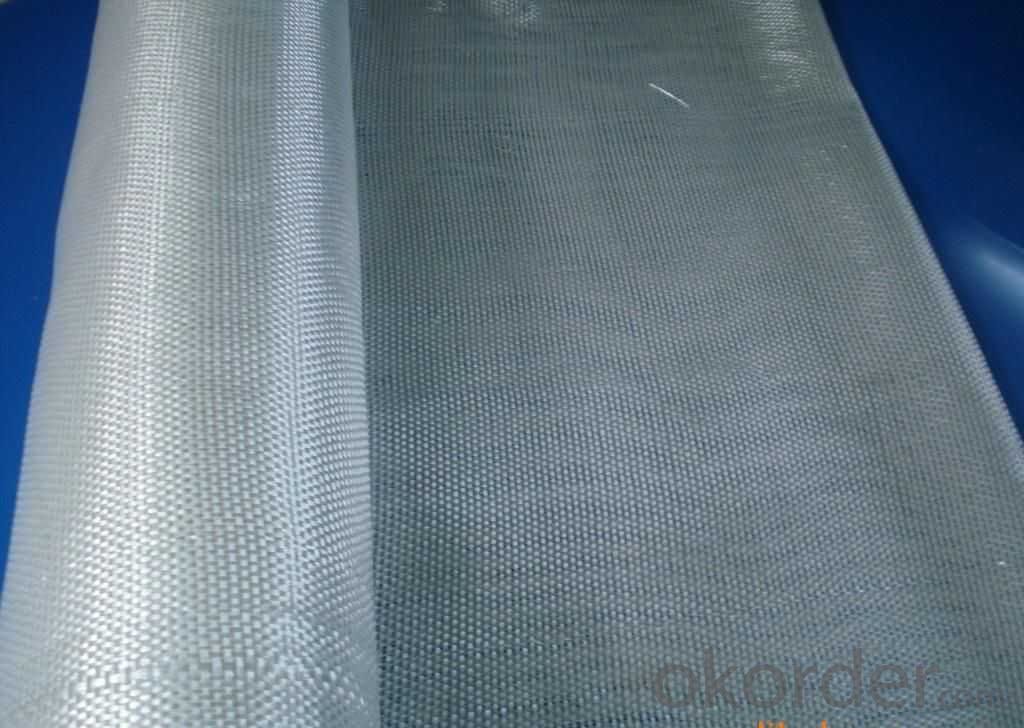
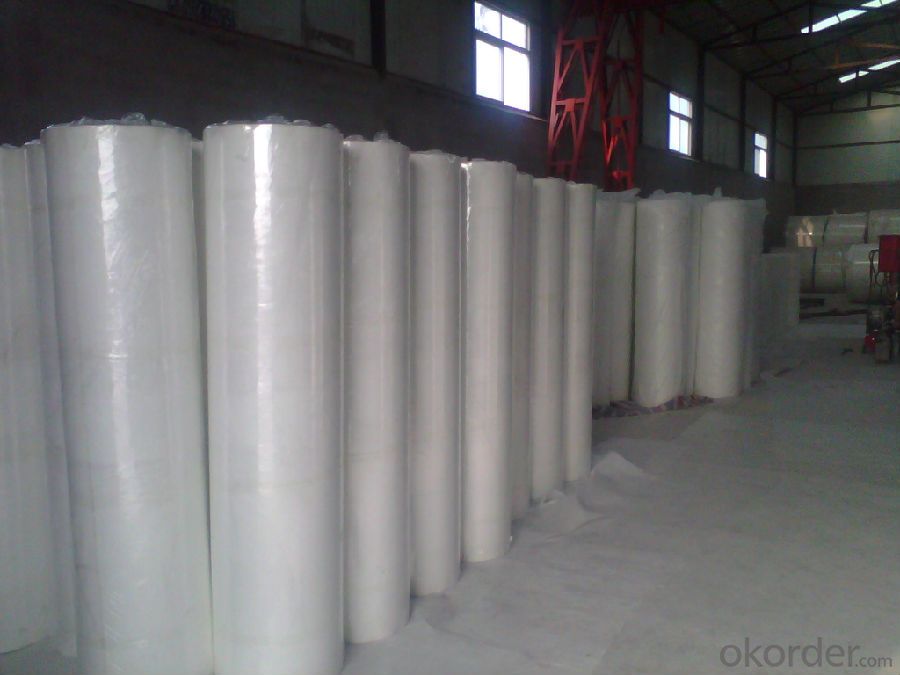
Fiberglass Fabric Usage:
E-glass woven roving is a schistose double faces reinforcement fabric that is weaved into from roving in directly.
E-glass fiber fabric (thin fabrics with thickness from 0.025 to 0.09mm) is suitable for electrical isolation mica product, wax cloth as the reinforcement materials.
E-glass woven roving applys to all kinds of polyester reinforcement system, (such as unsaturated polyester resin, vinylite,epoxy resin and phenolic resin.
E-glass woven roving is a high performance reinforcement material. It is widely used in hand lay-up and machinery processing products, (such as vessel, container, airplane and vehicle component, furniture, athletic facilities and other industry.
FAQ
1.Package of Fiberglass Fabric?
Fiberglass fabric is wound on a paper tube with inner diameters of 50. 8, 76 or 152mm. Each roll is wrapped in a plastic bag, then to be packed in a carton box. The rolls are to be horizontally placed.
Width (cm): 90, 100, 127
Length (m): 100, 200, 300, 400
2.Storage of Fiberglass Fabric?
Store rolls in a cool, dry location
Protect rolls from weather and other damage.
3.If sample available if needed?
We aim to offer our customer best Products&Service,samples are allowed if necessary.
- Q: Is fiberglass yarn resistant to rot?
- Yes, fiberglass yarn is resistant to rot.
- Q: Is fiberglass yarn resistant to impact or shock?
- Yes, fiberglass yarn is known for its high resistance to impact and shock.
- Q: Is fiberglass yarn resistant to fungus?
- Yes, fiberglass yarn is generally resistant to fungus.
- Q: How does fiberglass yarn perform in terms of heat resistance?
- Fiberglass yarn is known for its excellent heat resistance properties. It can withstand high temperatures without losing its strength or structural integrity, making it ideal for applications where heat resistance is crucial. The yarn is made from fine strands of glass fibers, which have a high melting point and do not conduct heat easily. This allows the fiberglass yarn to resist heat transfer, preventing the material from becoming damaged or deformed when exposed to extreme temperatures. Additionally, fiberglass yarn can also maintain its performance in both hot and cold environments, making it a versatile choice for various industries. Overall, fiberglass yarn is highly effective in terms of heat resistance, providing durability and reliability even under extreme thermal conditions.
- Q: Is fiberglass yarn resistant to extreme weather conditions?
- Yes, fiberglass yarn is generally resistant to extreme weather conditions. Its inherent properties, such as high strength and durability, make it suitable for withstanding harsh weather elements like UV radiation, excessive heat, cold, rain, and wind. Additionally, fiberglass yarn is known for its low water absorption, which prevents it from deteriorating or weakening in wet or humid conditions.
- Q: How flexible is fiberglass yarn?
- Fiberglass yarn is known for its exceptional flexibility. Due to its composition of extremely fine glass fibers, it can be easily bent and twisted without breaking or losing its shape. This flexibility allows fiberglass yarn to be used in a wide range of applications, including textiles, insulation, and reinforcement in composites. Additionally, its flexibility makes it highly versatile, as it can be woven, braided, or knitted into various forms and structures. Overall, fiberglass yarn offers a great balance of strength and flexibility, making it a preferred choice in many industries.
- Q: Is fiberglass yarn suitable for high-speed weaving processes?
- Yes, fiberglass yarn is suitable for high-speed weaving processes. Its strong and durable properties make it ideal for high-speed weaving as it can withstand the tension and speed involved in the process without breaking or losing its shape. Additionally, fiberglass yarn has excellent heat resistance and chemical resistance, further enhancing its suitability for high-speed weaving.
- Q: What are the different thicknesses of fiberglass yarn available?
- Fiberglass yarns are available in various thicknesses, ranging from fine to heavy. The commonly used thicknesses are 450 tex, 600 tex, 900 tex, and 1200 tex. These tex measurements correspond to the weight of 1000 meters of yarn in grams. The finer yarns, such as 450 tex, are ideal for lightweight applications that prioritize flexibility and maneuverability. On the other hand, the heavier yarns like 1200 tex are suitable for heavy-duty applications requiring superior strength and durability. Moreover, there are further thickness variations within these categories, enabling more precise customization to meet specific performance and characteristics requirements of the fiberglass yarn.
- Q: Can fiberglass yarn be used for upholstery?
- Indeed, upholstery can make use of fiberglass yarn. Noted for its strength, durability, and ability to withstand heat and chemicals, fiberglass yarn proves to be a fitting selection for upholstery purposes. It allows the creation of fabrics that are not only resistant to fire and stains, but also effortlessly cleaned. Moreover, fiberglass yarn can be combined with various materials like cotton or polyester to amplify both its comfort and softness, thus rendering it a flexible choice for upholstery endeavors.
- Q: Is fiberglass yarn resistant to mechanical damage?
- Yes, fiberglass yarn is known for its high resistance to mechanical damage. Fiberglass is a strong and durable material that is commonly used in applications where mechanical strength is crucial. It has excellent resistance to abrasion, impact, and tearing, making it highly resistant to mechanical damage. This makes fiberglass yarn suitable for various industries and applications, such as reinforcements in composites, insulation materials, textiles, and reinforcement in automotive and aerospace industries. Additionally, fiberglass yarn also exhibits good dimensional stability, even under extreme conditions, further enhancing its resistance to mechanical damage.
Send your message to us
Fiberglass Yarn Reinforced Fiberglass Fabric for Sound Absorption ISO:9001
- Loading Port:
- Shanghai
- Payment Terms:
- TT OR LC
- Min Order Qty:
- 500 m²
- Supply Capability:
- 50000 m²/month
OKorder Service Pledge
OKorder Financial Service
Similar products
Hot products
Hot Searches
Related keywords


